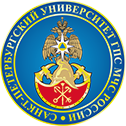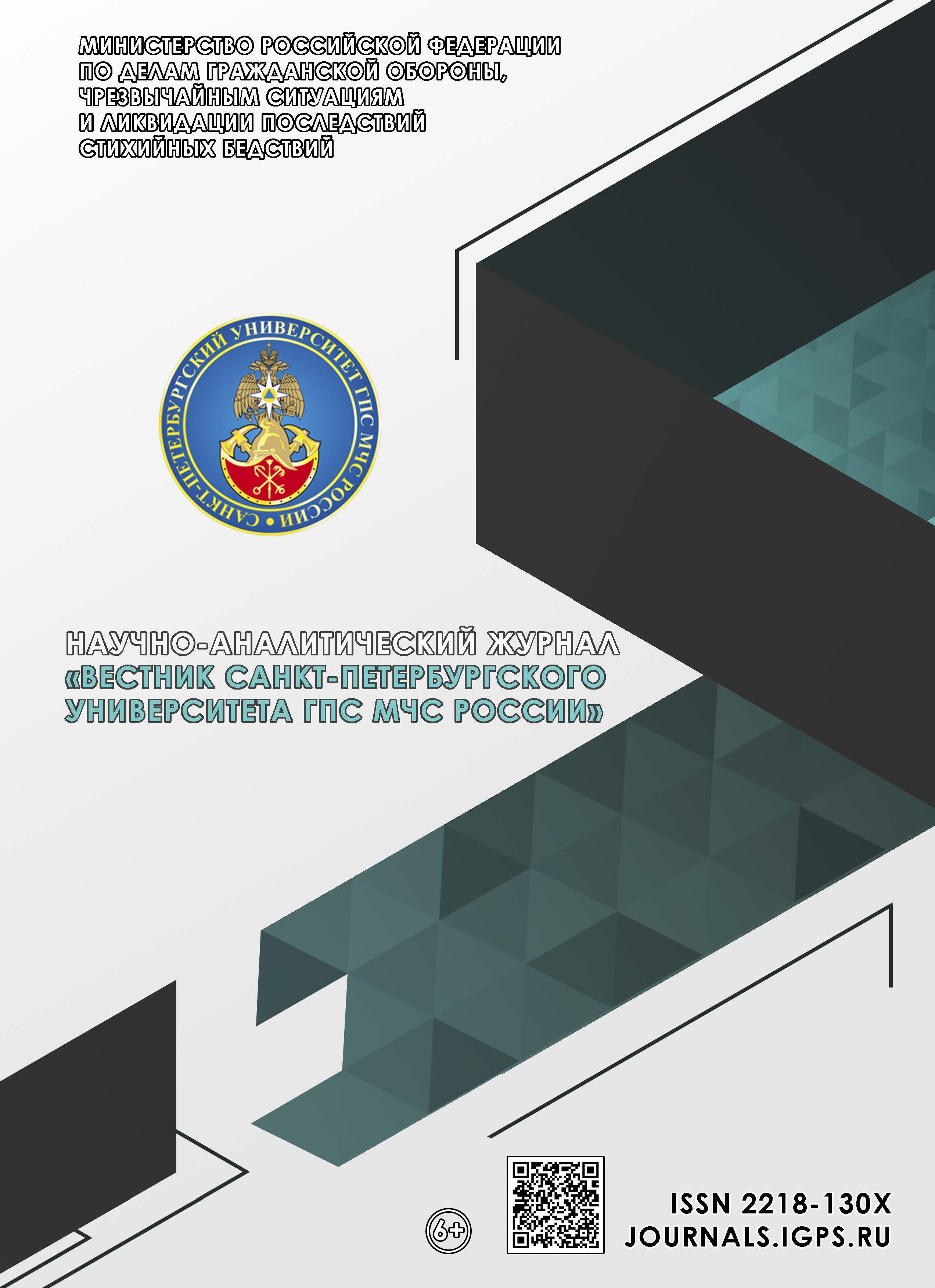Russian Federation
Russian Federation
Russian Federation
UDC 614.841.45
The work analyzes scientific and technical literature and open commercial information on methods and instruments for assessing the performance of smoke fire detectors. It has been revealed that the use of special aerosol smoke simulators for the purpose of comprehensive testing of smoke fire detectors is associated with the danger of exceeding the optical density of smoke, which significantly complicates evacuation. As a new solution, the use of portable smoke generators «Kiparis» (St and 0,6St) is proposed, capable of generating a flow of smoke, the optical properties of which are similar to the smoke from the combustion of test fires TP-1, TP-2, TP-3 and TP-4. Mathematical modeling of the combustion of a test fire TP-1 (open burning of wood) in accordance with GOST 34698–2020 «Fire detectors. General technical requirements. Test methods» has been conducted. During the model experiment, it was shown that the portable smoke generator «Kiparis» is capable of generating smoke with an optical density comparable to that of smoke from the combustion of test fires, which is a practical justification for using the smoke generator «Kiparis» instead of test fires.
fires, fire alarm, smoke detector, test fire sources
1. Tekhnicheskij reglament o trebovaniyah pozharnoj bezopasnosti: Feder. zakon Ros. Federacii ot 22 iyulya 2008 g. № FZ-123 (s izm. i dop. v red. ot 30 apr. 2021 g.) // Elektronnyj fond pravovoj i normativno-tekhnicheskoj dokumentacii. URL: http://www.docs.cntd.ru (data obrashcheniya: 11.10.2023).
2. Klochihin I.O. Ocenka ob"ektivnosti ognevyh ispytanij izveshchatelej pozharnyh dymovyh optiko-elektronnyh // Servis bezopasnosti v Rossii: opyt, problemy, perspektivy. Monitoring, predotvrashchenie i likvidaciya chrezvychajnyh situacij prirodnogo i tekhnogennogo haraktera: materialy mezhdunar. nauch.-prakt. konf. SPb., 2021. S. 696-701.
3. GOST R 59638-2021. Sistemy pozharnoj signalizacii Rukovodstvo po proektirovaniyu, montazhu, tekhnicheskomu obsluzhivaniyu i remontu. Metody ispytanij na rabotosposobnost'. Dostup iz konsorciuma «Kodeks».
4. A study on the Development of Smoke Detector Sensitivity Test Equipment Kim Hyeong-Gweon, Kwon Seong-Pil, Yoon Hun-Ju, SaKong Seong-Ho // Journal of Korean Institute of Fire Science and Engineering. 2009. № 23(5). P. 125-132.
5. Vasil'ev M.A., Klochihin I.O., Nechaeva Yu.E. Opredelenie zavisimostej mezhdu kolichestvom chastic razlichnyh razmerov i opticheskoj plotnost'yu sredy pri raspylenii aerozolej, prednaznachennyh dlya proverki dymovyh pozharnyh izveshchatelej // Sovremennye issledovaniya v naukah o Zemle: retrospektiva, aktual'nye trendy i perspektivy vnedreniya: materialy IV Mezhdunar. nauch.-prakt. konf. Astrahan', 2022. S. 58-61.
6. Nan Chen, Tianwei Zhang, Zhibin Mei, Experimental Study on the Response Characteristics of Photoelectric Smoke Detectors Below Grid Ceilings of Different Hollowing Rate, Procedia Engineering. 2012. Vol. 45. P. 602-609.
7. Mazur Ju., Bakanov V. New Requirements for Smoke Alarm Devices // Bezpieczenstwo i Technika Pozarnicza. 2018. Vol. 50. № 2. P. 120-131.
8. NFPA 72:2013 National Fire Protection Association: National Fire Alarm and Signaling Code. P. 351.
9. GOST R 53325-2012. Tekhnika pozharnaya. Tekhnicheskie sredstva pozharnoj avtomatiki. Obshchie tekhnicheskie trebovaniya i metody ispytanij. Dostup iz konsorciuma «Kodeks».






